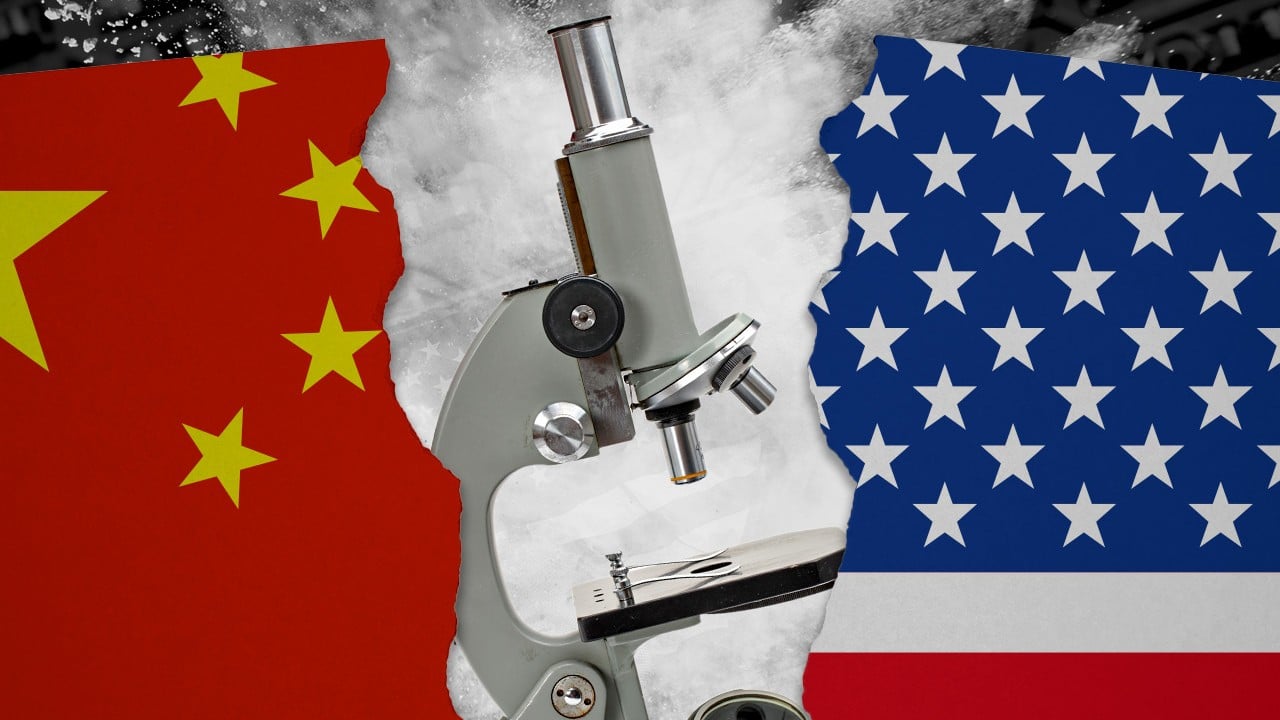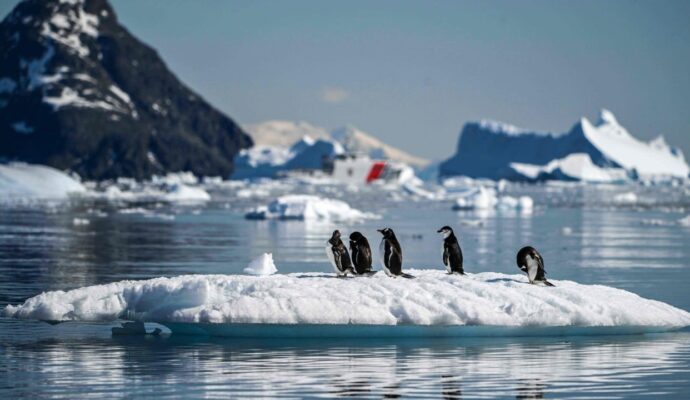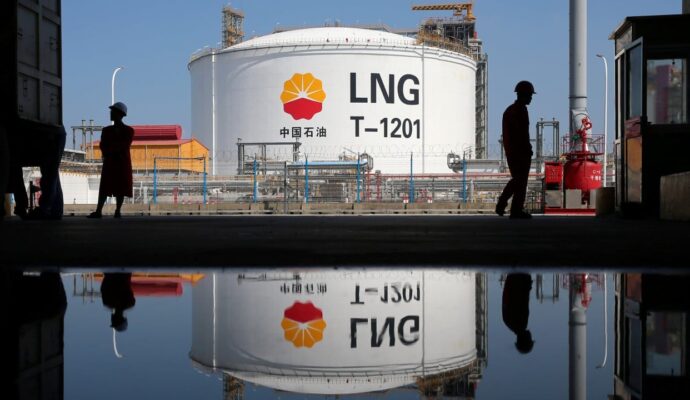The team behind a decade-long neutrino experiment based in China has won one of the world’s highest awards in particle physics.
Established in 1989, the prize is awarded to individuals or groups who have made outstanding contributions in the field of high-energy physics experiments, theory or technology. Of the 34 individual winners of the prize, 12 have also received the Nobel Prize for physics.
The European Physical Society said on its website the researchers’ work had paved the way for some of the most cutting-edge physics experiments now being built in the world which aimed to answer why our universe was dominated by matter rather than antimatter.
The experiment – which ran from 2011 to 2020 and involved more than 200 scientists from 41 institutions – was decommissioned after fulfilling its missions, but the data set it had collected was still being analysed to shed new light on neutrino research, said Cao Jun, a spokesman for the collaboration.
The US-China neutrino hunt that opened a path to discovery
The US-China neutrino hunt that opened a path to discovery
For instance, follow-up analyses of Daya Bay data strongly challenged the assumption that in addition to three well-tested types of neutrinos, a fourth type called sterile neutrino should exist.
Advertisement
Some components from the decommissioned experiment had been redistributed to other teams to be reused on neutrino projects in other countries, said Cao, who is from the Institute of High Energy Physics in Beijing and now leads the construction of a more ambitious neutrino laboratory 700 metres (2,300 feet) below hills in southern China near Hong Kong.
The Daya Bay experiment had already collected a number of prestigious honours, including the Panofsky Prize in Experimental Particle Physics from the US, the Nikkei Asia Prize from Japan and the Bruno Pontecorvo Prize from Russia.
The team shared the European High Energy and Particle Physics Prize with a neutrino collaboration based in South Korea and Swedish physicist Cecilia Jarlskog, who is known for her pioneering work on neutrino physics and a mysterious phenomenon called CP violation.
Advertisement



